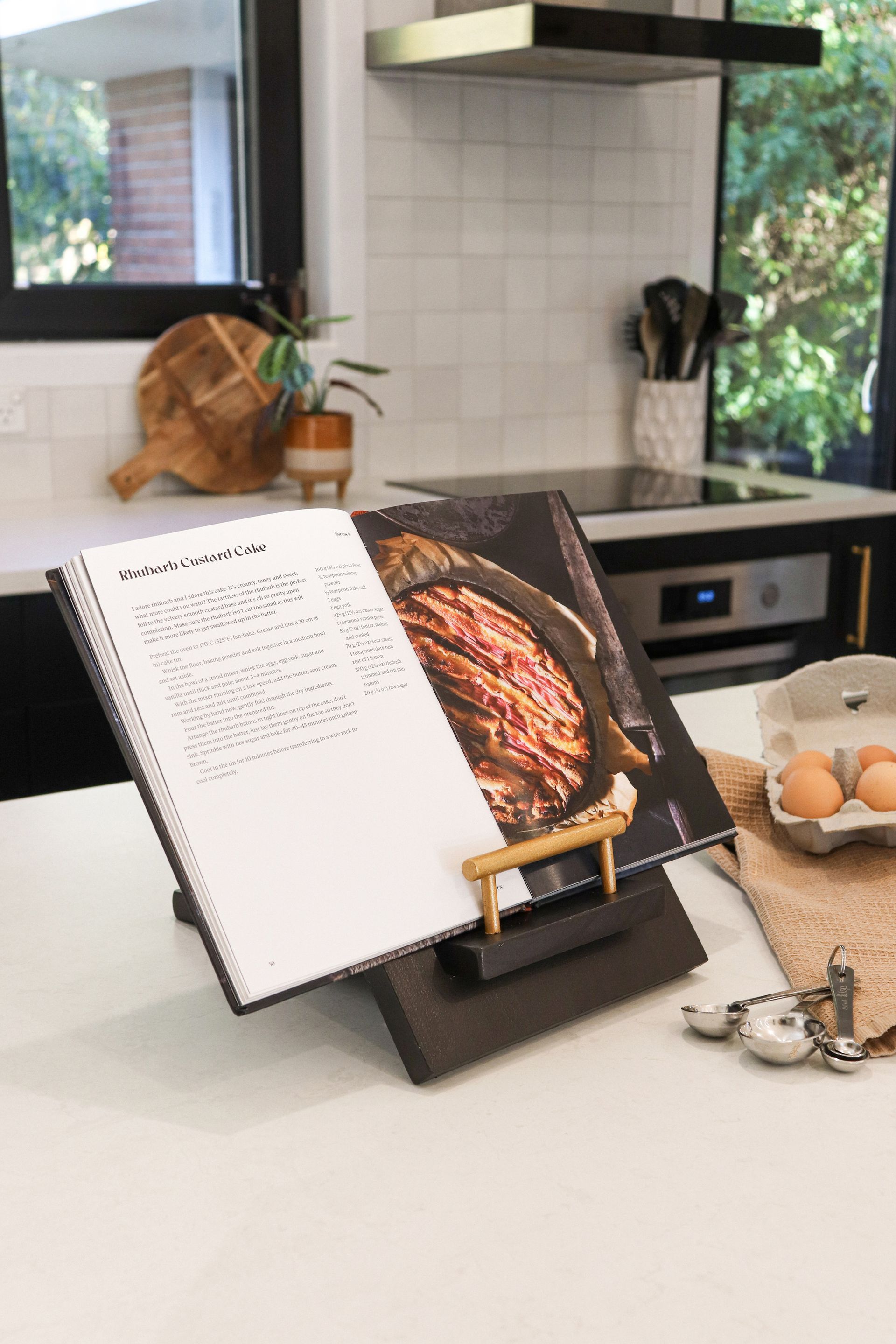West Melton is the unlikely spot for a hidden oasis which draws inspiration from the English gardens of Hidcote and Sissinghurst. As Sue Kingham discovers, it is packed with an incredible array of flora, including collections ranging from vast pines to exquisite miniature alpines.
I heard about Suzanne Pickford’s West Melton property from a friend who had been on a tour with her gardening club. ‘You must see it,’ she enthused. ‘It’s incredible.’ Knowing my friend isn’t easily impressed, I placed a call to Suzanne and arranged an interview.
On arrival, the long driveway, flanked by Turkish oaks, gives little away. I initially had no idea of the scale of the garden as I chatted to Suzanne in her lounge. ‘There’s a plan here somewhere,’ Suzanne says, rummaging through some drawers. When she finds it, I begin to comprehend the property’s size, which is almost 80 acres. The plan lists 18 ‘garden rooms’: the hornbeam garden, the windswept oasis, a bluebell wood, a reflecting pond, the rose garden, a cloud garden, the woodland avenue, amongst others.
It’s hard to believe that when Suzanne and Geoff bought the property in 1992, it was bare paddocks. ‘We were looking for somewhere we could have big trees,’ Suzanne explains. ‘We had hoped to find some land with a run-down house to do up, but everything we saw was beyond our budget. My parents live nearby, and that’s how we spotted this block for sale.’ She points to the bottom right corner of the garden plan. ‘To begin with, we built a little house over there, and we’ve added on over the years.’
A bird’s-eye view illustrates the structure and thought that has gone into creating the 18 different ‘rooms’ that make up the large garden. Visible here is the rose garden, formal
garden and hornbeams, with the tapestry lawn furthest away from the garden.
Tōtara obelisks give structure to the rose
garden.
The limes, Tilia cordata (linden) are cloud pruned to add structure and some shade for the bulbs densely planted underneath.
In autumn the colchiums flower with abundance and are the last in a long
succession of bulbs.
Suzanne had not previously owned a large garden, but her parents were big-scale gardeners. However, even her mother was shocked by the enormity of what they had taken on. ‘We’ve done a lot of the work ourselves. We put in the irrigation and have laid all the paths.’ Suzanne is the main gardener; her husband Geoff likes specific projects such as extending the irrigation system. They also employ a gardener one day a week.
We step outside, where Suzanne points out some pretty pots. ‘I’m a member of the Alpine [Garden] Society, and I really like troughs because my alpines look good in them.’ We pause at a water feature, and Suzanne tells me she moulded it in clay and had it cast in metal. I’m impressed. Her artistic flair is also seen in the glasshouse, which she describes as her ‘Gaudí-esque folly’. For this, she went to evening classes to make a stained-glass panel for the apex and two terracotta decorated columns.
The glasshouse homes part of her extensive alpine plant collection. ‘It protects them in the winter, but it does get a little hot in the summer. However, the lichen on the roof gives some shade.’
The area on the plan called the ‘dog yard’ turns out to be an orchard packed with fruit trees – Suzanne’s lost count of how many. Apparently, the daffodils here look spectacular in the spring. Her potager garden, brimming with vegetables, is dotted with blousy scarlet poppies begging to be photographed. We wander through to get to the woodland avenue. On the way, Suzanne points out a stunning Pinus bungeana (lacebark pine), which was planted 28 years ago after she read a recommendation in Derek Rooney’s garden column in The Press.
We enter the lime grove, and Suzanne says, ‘These trees were just little sticks when I put them in but became too shady. I thought I’d either have to chop them down or shift all the bulbs beneath them, which would be an enormous job as they have self-seeded and many are very deep. Then I discovered Masa who used to work at Southern Woods Nursery. He trained in Japan, and he’s helped me prune their branches horizontally to open up the area and create more light.’ Japanese pruning techniques are evident throughout the garden. A grove of English beech has been cloud pruned to great effect and looks stunning underplanted with undulating hebes, buxus and grasses.
When planning each area of the garden, contrasting scale is a consideration for Suzanne. She points out a striking Magnolia ashei. ‘Look at the size of its leaves,’ she says. ‘I think that’s quite an achievement for West Melton.’
From this large-leaved tree, we move onto the New Zealand-themed rock garden, ablaze with white and yellow alpines. In the shade to one side, I spot two inviting looking chairs. I ask if she ever gets a chance to sit in the garden. ‘Yes, Geoff often comes out of his office with a drink for me at the end of the day.’
By the creek, I spy another seat; this one painted orange to echo the colour of the massed azaleas, the coral bark maple, and the horse chestnut across the bridge. The edge of the waterway is lined with New Zealand beech and brightly coloured primulas. Seeing sheep grazing in the nearby paddock inspires me to ask about the mowing. ‘We buy bigger and bigger ex-contracting mowers, but I think we’ve gone about as big as we can get. We don’t have smart lawns. We only do the edges for the garden tours. If we want a quick mow, we can do it all in 20 minutes.’
Walking down a wide lawned path, I admire the perennial beds on either side. I ask if the Botanic Gardens in Christchurch inspires her. Suzanne admits she enjoys visiting its crevice garden, which the Alpine Garden Society helped build along with Kenton Seth, a rock/crevice expert from Colorado. She would like to create such a garden for herself someday. The towering pines along Harper Avenue gave her the idea to plant a group of Pinus radiata from leftover shelterbelt trees. Twenty-eight years on, these look impressive. Suzanne’s property has a variety of pines, including Japanese umbrella pines in the rock garden, a very rare Wollemi pine, and seven Pinus pinea in the paddock. A photograph of the Vatican Gardens inspired the planting of these last pines.
At times, the scale of Suzanne’s property leaves me speechless. I ask if the weeding ever feels overwhelming. ‘No. You’ve got to be chilled about weeds; otherwise, you’d get depressed.’ When she says she spreads around 500 bales of pea straw each winter, ‘Wow!’ seems the only appropriate response.
Halfway around the garden, I start to flag; however, Suzanne seems blessed with boundless energy. Striding ahead, she points to some trees in the distance and says, ‘Over there we planted the Mataī forest.’
The garden looks so established it is hard to believe a fire nearly wiped it out. In December 2003, a blaze ripped through the property decimating large swathes of planting. That prompted Geoff to install more irrigation, and the garden has flourished ever since. ‘The West Melton soil is very light, which means you can grow anything as long as it gets enough water,’ Suzanne says.
Speaking of water, when we round a bend, we find a formal, walled pond, bordered by stunning native grasses. Suzanne originally planted barley grass but had to think up a new way to create the ‘grain field’ Canterbury-look when she discovered how much work it was and that it attracted ‘pit bull-sized’ rats. A metal sculpture of a falcon suspended within a ring stands at one end of the pond. This artwork, On Her Majesty’s Service, was created by her son, Henry Turner. I ask if he helps in the garden. Suzanne says, ‘He enjoys the design side of things and planning, but is less good at weeding. He often comes home with a plant treasure. He’s a collector too.’
We move onto an area inspired by the Hidcote pillar garden in England. Rows of meticulously trimmed hornbeam stand like regimental soldiers awaiting their orders. Nearby, an elegant walled garden (one brick wall, the rest created with hedging) is reminiscent of Sissinghurst Castle Garden. I comment on a magnificent purple clematis winding its way up a lattice pyramid, and Suzanne tells me it is extremely happy this year as the support is new.
Next on the tour is a tennis court-sized formal lawn surrounded by a combination of upright yew and hornbeam hedging, all neatly clipped into a stepped pattern. ‘Their leaves are particularly stunning when the new growth comes in the spring,’ she says. ‘Over there is my bluebell wood. I have a mixture of English and Spanish bluebells. The Spanish ones are larger, but sadly they don’t have a scent.’
We stop by the swimming pool for Suzanne to describe her plans for its redevelopment. The house is to be extended in this direction, and consequently, the area will have to be completely redesigned. I may have been mistaken, but I thought I caught a note of excitement in her voice at the prospect of this new project.
I drive home in awe of what Suzanne and Geoff have achieved. The word Herculean springs to mind. Their garden is truly remarkable; my friend was quite right.
Recent stories



All Rights Reserved | CountryWide Media







